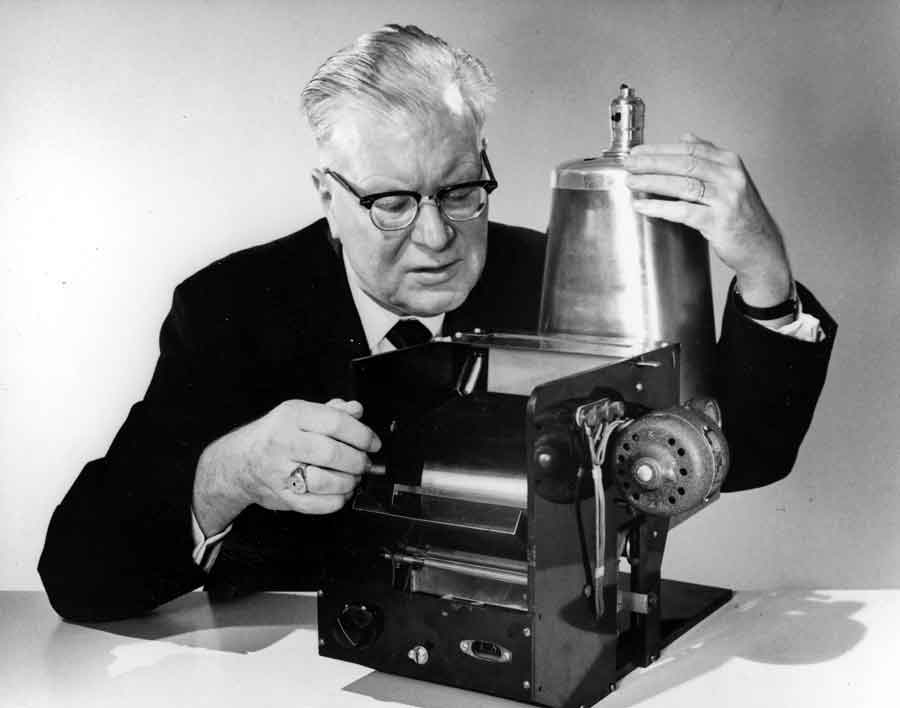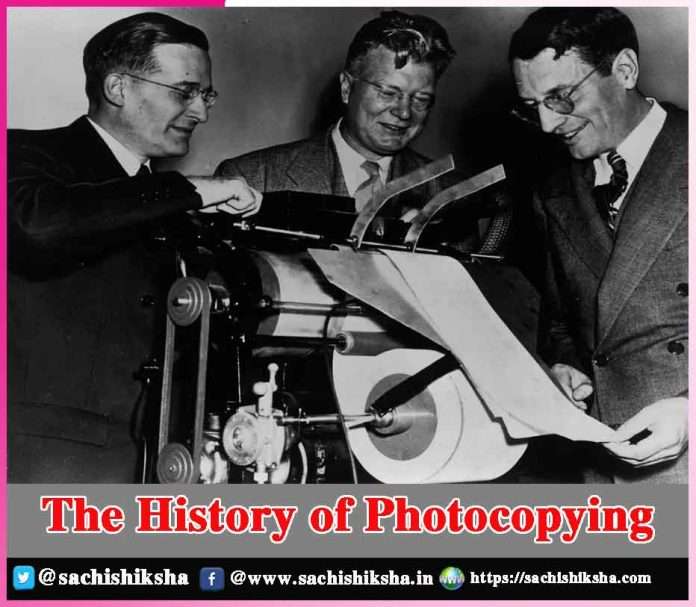The History of Photocopying
Introduction: Photocopying, also known as xerography, has revolutionized the way we reproduce printed material. It has become an essential part of modern life, allowing us to make quick and easy copies of documents for personal and professional use. But where did it all begin?
Also Read:
- History of Cyclones
- History of Kohinoor Diamond – Everything You Should Know
- 5 Inventions: Remote Control, Wall Clock, Plastic, Fan & Typewriter
- GREATNESS OF QUEEN AHILYABAI
- India, the Land of Faith
- HANDICRAFTS OF INDIA
Table of Contents
Earliest Experiment With Photocopying:

Carlson`s Experiments With Photocopying:
In the early 1900s, several inventors made significant strides in developing a more practical method of photocopying. One of the most notable was Chester Carlson, a patent attorney who became frustrated with the tedious and time-consuming process of making copies by hand. Carlson began experimenting with ways to create copies automatically, using electrostatic charges.
After several years of experimentation, Carlson was finally able to produce a viable photocopying machine in 1938. He called it the “electrophotographic copier,” and he patented the technology in 1940. Carlson struggled to find a company that was interested in his invention, but eventually he teamed up with the Haloid Company (which later became Xerox Corporation), and in 1949 the first commercial photocopier, the Xerox Model A, was introduced.
The Xerox Model A:
It was a large and cumbersome machine, but it was a huge leap forward in terms of photocopying technology. It used a process called xerography, which involved applying electrostatic charges to a photosensitive drum, then transferring toner (which is a kind of ink) to the drum and transferring it onto paper. The process was relatively quick and easy, and it produced high-quality copies that were virtually indistinguishable from the originals. In the years that followed, Xerox continued to refine and improve its photocopying technology. In 1959, the company introduced the first automatic photocopying machine, the Xerox 914. This machine was much smaller and more user-friendly than earlier models, and it quickly became a hit with businesses and organizations around the world.
Modern Photocopiers:
As photocopying technology continued to advance, other companies began to enter the market. In the 1960s and 1970s, companies like Kodak and Canon introduced their own photocopiers, and the competition helped to drive innovation and reduce prices. Today, photocopying technology has come a long way from the bulky and expensive machines of the past. Modern photocopiers are sleek, efficient, and offer a range of features, from automatic document feeders to scanning and faxing capabilities. In addition, advances in digital technology have made it possible to create and store digital copies of documents, eliminating the need for physical copies in many cases.
Environmental Concerns:
Despite the many advances in photocopying technology, there are still some concerns about the environmental impact of making copies. Photocopiers consume large amounts of energy, and the toner and other chemicals used in the process can be harmful to the environment if not disposed of properly. As a result, many businesses and organizations are looking for ways to reduce their reliance on photocopiers, and are exploring alternative methods of document management, such as digital archiving and cloud storage.
Copyright & Infringement:
In addition to the environmental impact, the widespread use of photocopying has also raised concerns about intellectual property and copyright infringement. Photocopying allows for easy and quick reproduction of copyrighted material, which can lead to unauthorized distribution and infringement. To combat this issue, many organizations and institutions have implemented policies and guidelines regarding the use of photocopying machines. For example, many universities and libraries have established limits on the number of pages that can be copied from a single source, in order to prevent wholesale reproduction of copyrighted material.
Tremendous Impact on Society:
Despite these concerns, photocopying has had a tremendous impact on society and has revolutionized the way we communicate and share information. It has made it easier for businesses and organizations to disseminate important documents and has enabled individuals to share knowledge and ideas more freely. In addition, photocopying has played a critical role in education, making it possible for students to access and study the materials that would have been otherwise difficult or impossible to obtain.
Possibility of Further Development of Photocopying:
Looking forward, it is likely that photocopying technology will continue to evolve and improve, becoming more energy-efficient and environmentally friendly. In addition, digital technology will continue to play an increasingly important role in document management, providing new opportunities for collaboration and sharing of information. Nonetheless, the history of photocopying reminds us that even the most mundane technologies can have a profound impact on our lives and the world around us.
Conclusion: The history of photocopying is a fascinating tale of innovation, perseverance, and ingenuity. From the early experiments of James Watt, Jr. to the modern, high-tech machines of today, photocopying has come a long way in just over a century. While there are still challenges to overcome, such as the environmental impact of photocopying, it is clear that this technology will continue to play a vital role.
















































